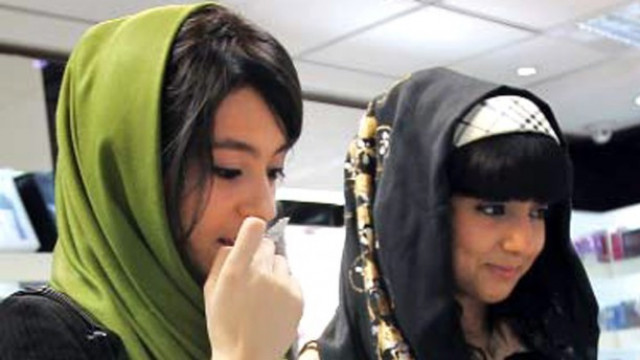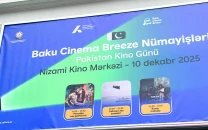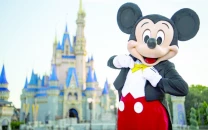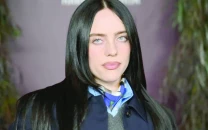Cosmetics flood Iran’s markets

Following the revolution, the morality police patrolled the streets, fining or even arresting women who did not follow the strict rules in place until they were eased after the 1980-1988 Iran-Iraq war. Many women were quick to catch on after a decision to allow imports in the mid-1990s and it became increasingly common to see a chicly dressed urban woman wearing make-up.
According to a recent survey Iranians spend about $2 billion a year on cosmetics and this country of 74 million accounts for 29 per cent of the Middle East market, which is dominated by Saudi Arabia.
Most beauty products are now imported or smuggled into Iran, as the country produces little of its own makeup. Almost all popular international brands including Yves Saint Laurent, Guerlain, L’Oreal and Bourjois are available at trendy uptown malls and stores in Iranian cities and large towns.
“Most specialists estimate that about $700 to 750 million worth of products are imported to Iran illegally,” said Abbas Najafi, head of Iran’s counter-trafficking bureau.
Vista Bavar, who promotes the recently-launched European brand Caprice in Iran, was of the same opinion, stressing that “many products are smuggled into Iran.”
Bavar said, “The health ministry is very precise about its criteria, which is very good as consumers can be sure about the quality when there is an official seal of approval. But (they have imposed) 50 per cent duty fees against legal imports.”
People involved in the beauty business admit that smuggled goods tend to be of poor quality. “Over the past years the market has been flooded with low-quality Chinese products which do not meet the required standards,” said a major importer of cosmetics who preferred to remain anonymous.
“Chinese products account for about 30 per cent of illegal imports and they have their own market in provincial areas and among people with lower income,” he added.
According to a survey conducted by TMBA, a private economic research institute, about 14 million urban Iranian women aged between 15 and 45 spend $7 on average per month on cosmetics. With the minimum wage in Iran set at $300 and the average monthly income between $600 and 700, this is a significant amount. TMBA said Iranians splurge on cosmetics because most of the population is young and urban; half the population of Iran is less than 30 years old and 65 per cent of the population lives in urban areas.
Since 1979, women have had to observe a dress code which states that a woman’s hair and body must be modestly covered in public. But women have also constantly challenged the dress code by sporting shorter, tighter overcoats and flashing locks of dyed hair under loosely-worn scarves.
Some believe that this had led to an increase in cosmetic sales as Iranian women focus mainly on doing up their face. Mina, who sells cosmetics in Tehran says, “Because of the veil, young Iranians pay a lot of attention to their faces,” which with hands are the only body parts visible in public.
“Some girls spend over an hour in front of a mirror to get ready. If the fashion in Europe is to appear natural, in Iran the youth prefer to wear make-up,” she said.
Published in the Express Tribune, June 4th, 2010



















COMMENTS
Comments are moderated and generally will be posted if they are on-topic and not abusive.
For more information, please see our Comments FAQ